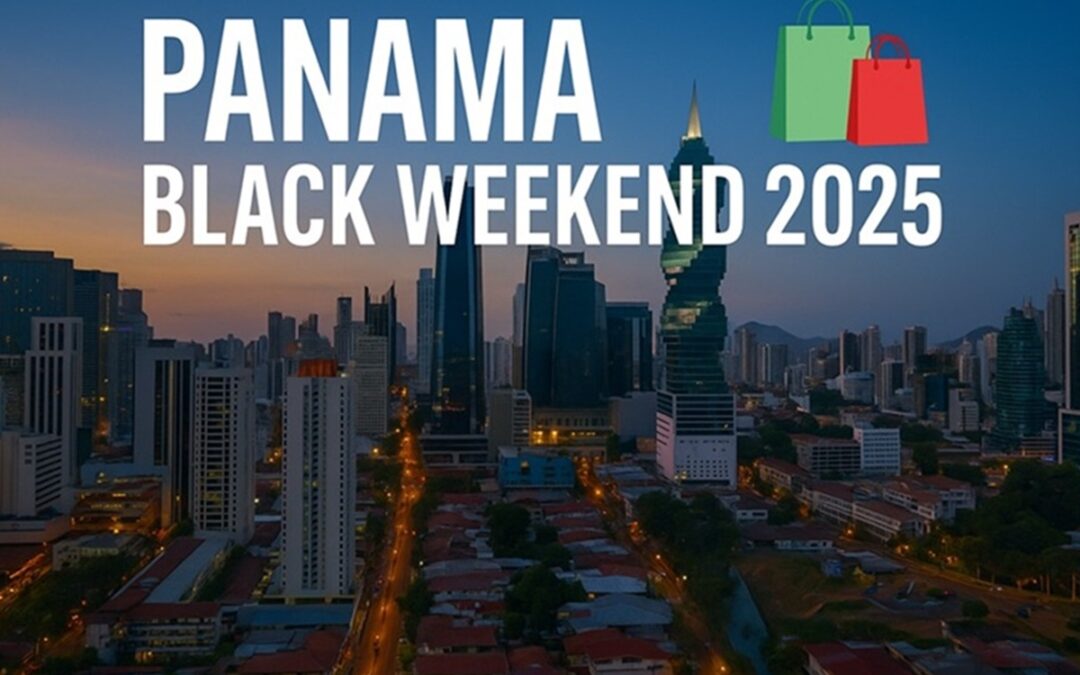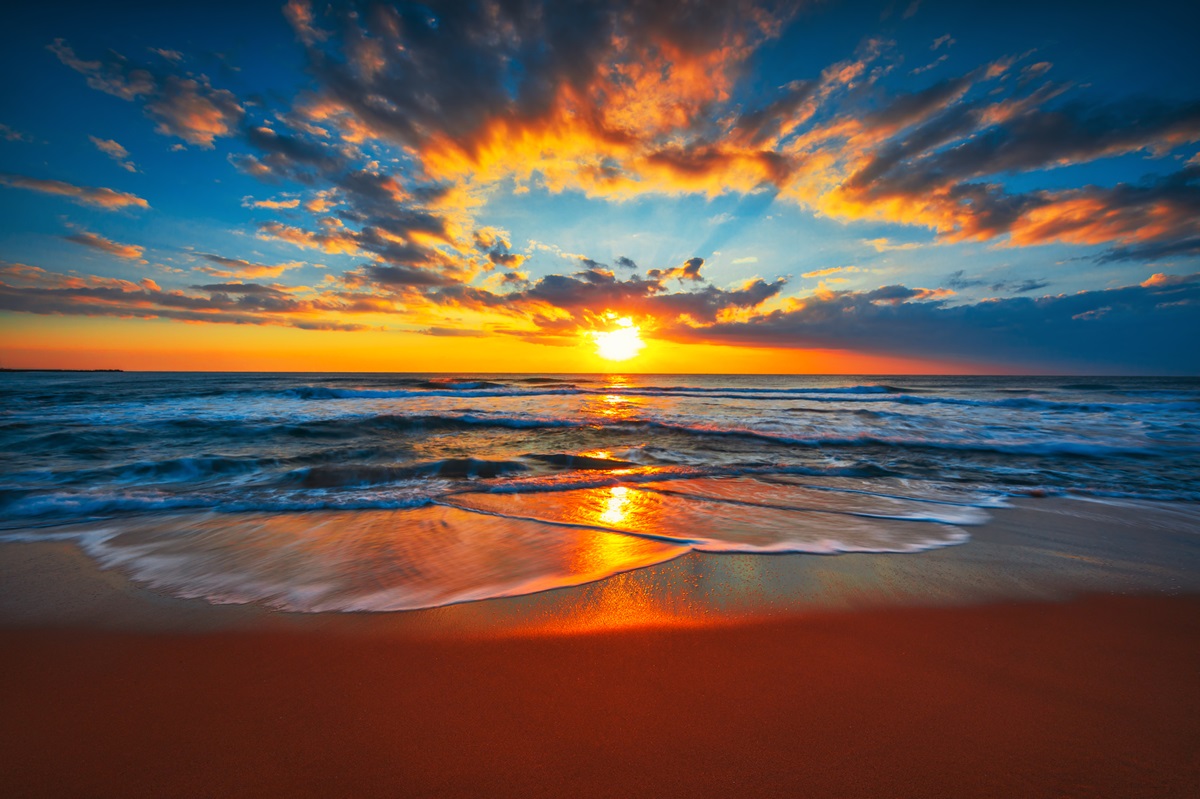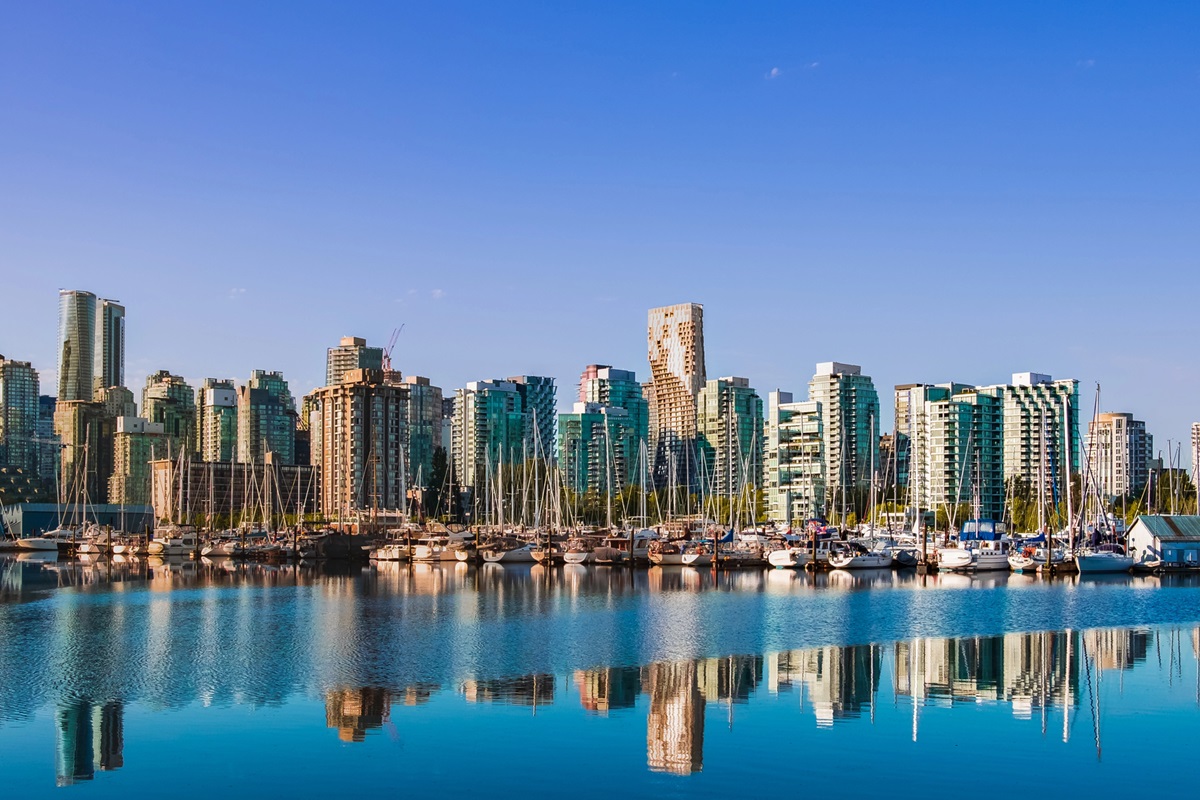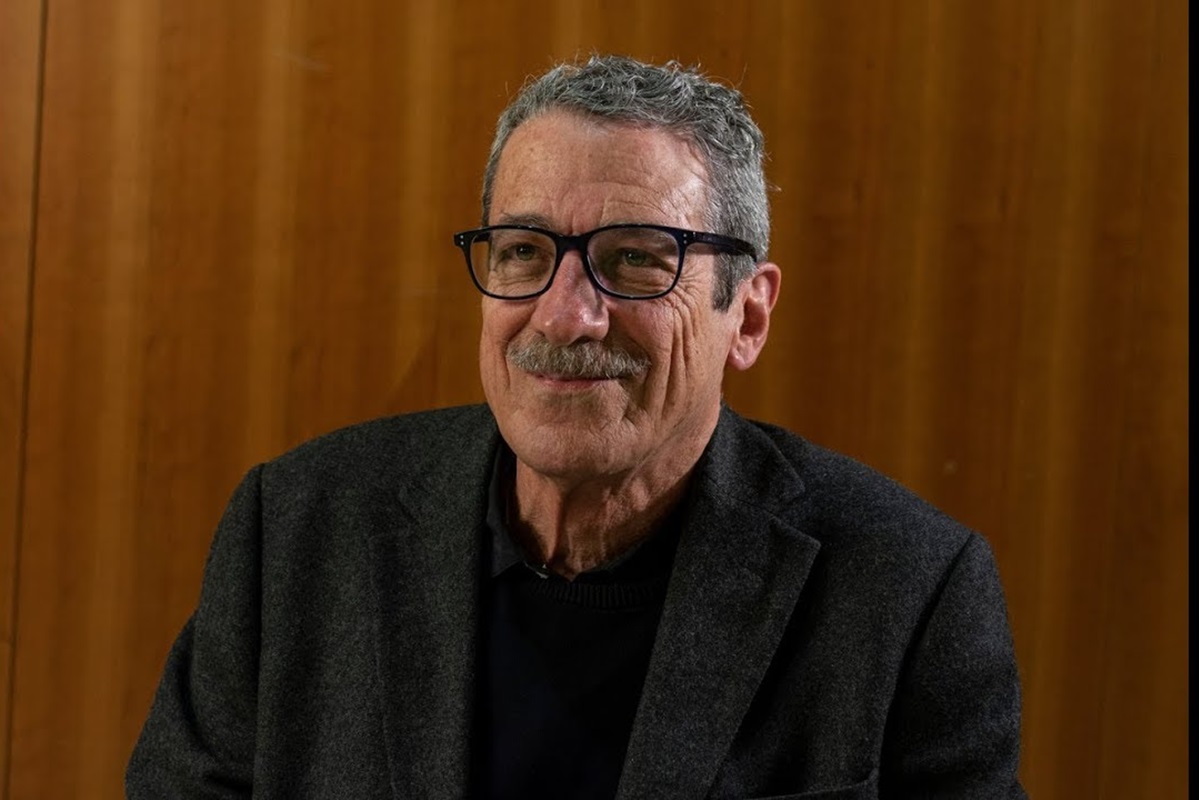For three days, Panama once again became the beating heart of shopping in the Americas. The Panama Black Weekend, held from October 3 to 5, had already grown into a tradition — but this year it reached a scale that confirmed its place among the most dynamic retail events in Latin America.
With more than 3,000 stores and 2,000 brands participating across sixteen major malls, the country experienced a wave of movement, sales, and travel that blended commerce with tourism. Visitors came not just from Panama’s provinces but also from neighboring countries such as Colombia, Costa Rica, and Ecuador, transforming the weekend into a regional celebration of consumption and connectivity.
Hotels operated near full capacity, restaurants extended hours, and the Tocumen International Airport reported one of its busiest weekends of the year. Shopping, in Panama, had become a reason to travel.
The scale of a phenomenon
The 2025 edition stood out for the maturity of its organization and the confidence of the public. Discounts of up to 70% covered fashion, electronics, appliances, beauty, and home goods. Yet the real story was the coordination behind it. The Panamanian Association of Shopping Centers (Apacecom) had fine-tuned logistics to ensure that offers were not just abundant but credible — a critical factor in a market where consumers were increasingly demanding authenticity and transparency.
By the end of the weekend, preliminary figures estimated $80 million in sales, a figure that placed the event alongside major retail campaigns in Mexico and Brazil. But unlike those larger markets, Panama’s success relied not on domestic volume alone but on its ability to draw visitors. Its malls had become destinations in themselves — symbols of a service economy that reinvented how a small country could attract foreign currency.
The regional magnet
Few places in the hemisphere concentrated such a density of high-end retail spaces within such short distances. From Albrook Mall and Altaplaza to Town Center Costa del Este and Soho City Center, the capital functioned like an interconnected shopping circuit. Meanwhile, other provinces — from Colón to Chiriquí — mirrored that model with modern malls that diversified the national map of consumption.
This network of shopping centers gave Panama a unique geographical advantage. Tourists could fly in, move between malls within minutes, and leave the country with suitcases full of discounted goods. The government’s open visa policy and low 7% sales tax amplified the attraction, positioning the country as a kind of duty-light hub between South and Central America.
While the United States continued to dominate the global outlet scene, Panama offered something different — a Latin American shopping experience in a tropical setting, supported by modern infrastructure and a bilingual service culture.
An economic pulse beyond discounts
The impact of the Black Weekend extended far beyond retail. The tourism and hospitality sectors enjoyed a remarkable boost, and the economic spillover reached transportation, gastronomy, and entertainment. Local taxi drivers, delivery platforms, and small food businesses recorded higher earnings.
The numbers told part of the story, but the atmosphere told the rest. City streets around Albrook and Costa del Este overflowed with families, influencers, and bargain hunters. Advertising screens competed for attention while mall corridors filled with music and promotional stands. It was not simply about buying — it was about being part of a collective event that blurred the line between leisure and consumption.
The event also showcased how Panama’s service economy had diversified. Traditionally anchored in logistics and finance, the country had built a new pillar around shopping tourism. This model leveraged its connectivity — dozens of direct flights from eighty cities and the strategic location of Tocumen International Airport — to position Panama as the “Miami of Central America.”
A model for regional retail
The Black Weekend revealed a pattern that regional economists had begun to notice: Panama was exporting not only goods but also a concept of experience-driven commerce. By integrating tourism campaigns, airline discounts, and rental car promotions, the country transformed what could have been a local sale event into a multi-sector platform.
Travelers arriving through Copa Airlines enjoyed special fares, and hotels offered packages that linked accommodation with shopping benefits. This alignment between the public and private sectors reflected years of planning aimed at positioning Panama as the leading retail destination in the isthmus.
Other countries observed closely. El Salvador and Costa Rica, with growing outlet infrastructures, had tried to replicate the model on a smaller scale. Yet the Panamanian advantage lay in its combination of scale, safety, and service consistency.
Consumer awareness and responsible buying
While the celebration dominated headlines, there was also a visible shift toward consumer education. The Consumer Protection Authority (Acodeco) carried out verification operations and encouraged responsible purchasing. Panamanians were no longer impulsive buyers; they were strategic ones, comparing prices, keeping receipts, and demanding transparency.
This evolution reflected a broader regional trend: the maturation of Latin American consumers. The Black Weekend became a stage where not only commerce but also civic awareness played a role, reinforcing trust in the system and ensuring that the event’s credibility grew each year.
Panama’s new identity
When the lights dimmed on Sunday night and stores began closing their doors, the sense of achievement extended beyond sales numbers. The 2025 edition had confirmed that Panama’s identity as a shopping hub was no longer aspirational — it was consolidated.
The event encapsulated what the country had become: a bridge not only between oceans but between economies, cultures, and markets. It proved that strategic geography could evolve into strategic experience.
The Panama Black Weekend was, in essence, a reflection of the nation’s transformation. What began years ago as a coordinated discount campaign had turned into an economic ritual that drew thousands of travelers each year. It demonstrated how a small country, by blending commerce, tourism, and service excellence, could position itself at the center of a continental trend.
Beyond the weekend
As October unfolded, the conversations continued in airports, malls, and online forums. Visitors compared deals and shared experiences; local merchants evaluated logistics for next year. For many, the Black Weekend was no longer just a calendar date — it was a benchmark for how tourism and consumption could coexist.
Panama had managed to turn three days of discounts into a statement of national capacity and regional influence. It reminded Latin America that innovation in tourism does not always come from beaches or skyscrapers — sometimes, it comes from the energy of a shopping bag, the rhythm of an airport arrival, and the promise of returning next year for more than just the prices.







